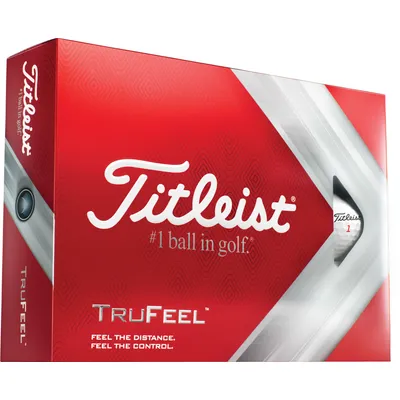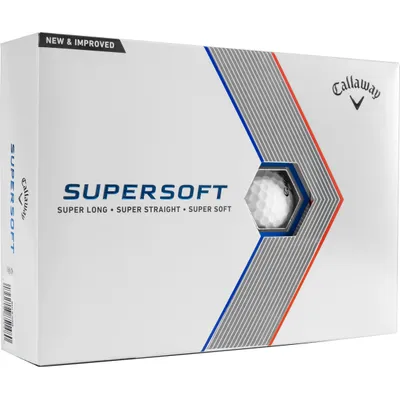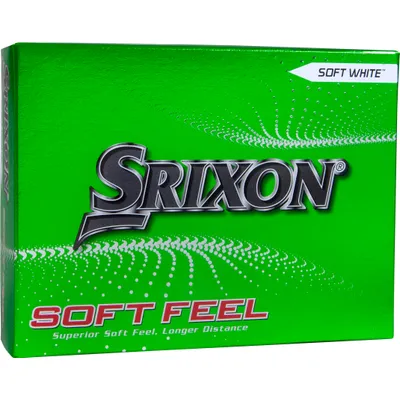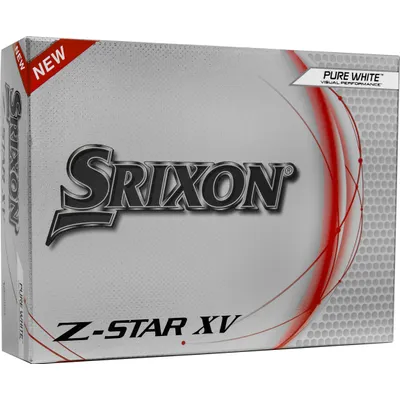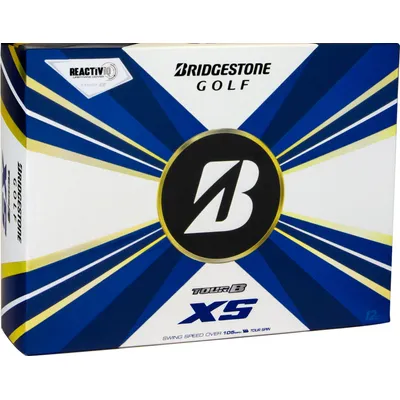What is golf ball compression and how does it affect me?
Guide to Golf Ball Compression
When it comes to the game of golf, several elements have to come together all at once to deliver the power that makes for great shots. Both swing speed and accuracy play a key role in ensuring that balls hit their intended targets in as few strokes as possible, but if a high-handicap golfer is playing with the wrong golf ball, then the results may be detrimental.
This is where ball compression comes into play. Of the many elements that athletes consider when shopping for golf balls, this particular facet is often wrongly overlooked. Failing to evaluate your golf ball compression needs can mean the difference between saving a few strokes or hitting triple digits after eighteen agonizing holes, so staying informed is the key.
What is High and Low Golf Ball Compression?
Golf ball compression is a measure of the density of the inner core of a particular model. The higher the density – or compression – of a golf ball, the harder the inner core is, meaning that it will not condense as easily upon impact. A low-compression golf ball, however, has more room to squeeze when the clubface makes contact, thus producing a spring-like effect that can assist golfers with slower swing speeds in covering more distance with each stroke.
Golf ball compression is measured by numerical values that denote the amount of compression in particular brands and lines of golf balls; a compression rating of 70 is on the low end of compression golf balls available, and a rating of 110 is on the high end. So which golf ball compression rating is the right one for you? Let’s take a look at how different compression ratings can line up with different golfers to provide optimal results for a wide range of golf enthusiasts.
Golf Ball Compression Comparison
When determining which golf ball compression rating is the one that fits your needs the best, it’s important to evaluate the key elements of different compression ratings before applying them to your specific game. Try matching the statement below that sounds the most like your golf swing to find out which golf ball compression rating is right for you.
Golf Ball Compression and Swing Speed
- I am a senior, junior, or woman golfer. These aforementioned golfers, on average, tend to have slower swing speeds. Golfers that aren’t as fast off the tee should consider utilizing a golf ball with an 80 or below rating. These golf balls provide the right amount of compression that matches up perfectly with slower swings to deliver superb results while providing optimal control and feel.
- I am an average golfer with an average swing speed. This statement usually applies to a middle-of-the-road drive off the tee for a male, or an above-average drive for a female. Your swing speed is moderate, thus warranting a moderately rated golf ball. Consider using a golf ball compression rating of 90 if you fall into this category.
- I swing fast and drive long. If you consider your swing speeds to be above average, and you’re always outdriving your peers, then a golf ball compression rating of 100 or above is the right choice for you. A higher rating warrants greater density, which is necessary to accommodate your faster swing speed.
When you are shopping for clubs, you don’t expect to just grab a driver off the rack at your local retailer and call it a day. Odds are that you’ve put serious time into choosing the right clubs for your bag, and choosing the right golf balls to suit your game should be no different.
What Compression Golf Ball Should I Use?
When evaluating which golf ball compression rating is right for you, always remember that a low swing speed usually correlates well with a low compression golf ball, and that a high swing speed is perfect for high-speed club swingers. With a wide range of golf balls available in a variety of compression ratings, you’re sure to find the carefully engineered golf balls that are seamlessly matched for your game.

